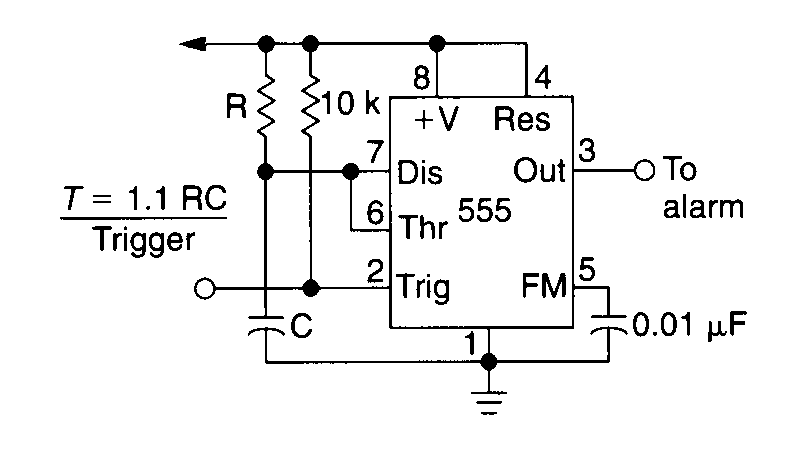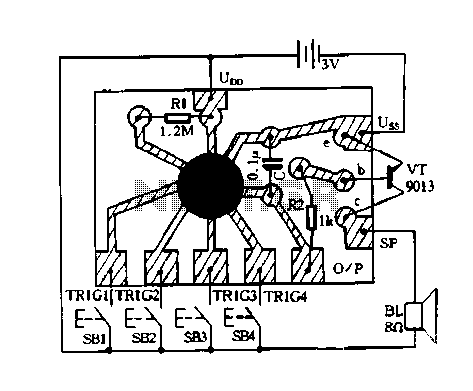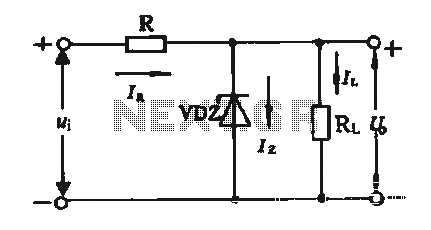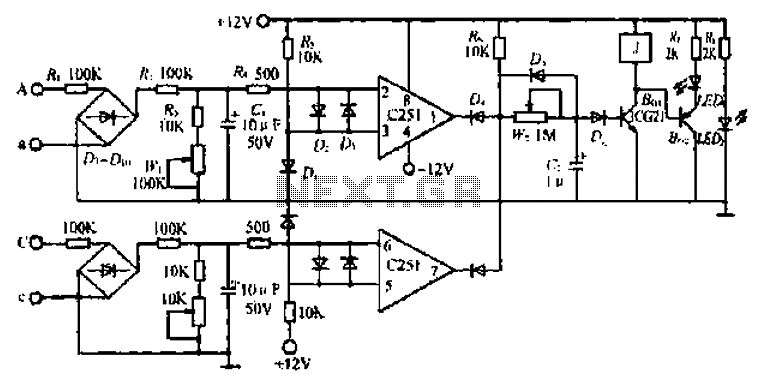
Circuit diagramms of the 144 SBB/RX - Receiver
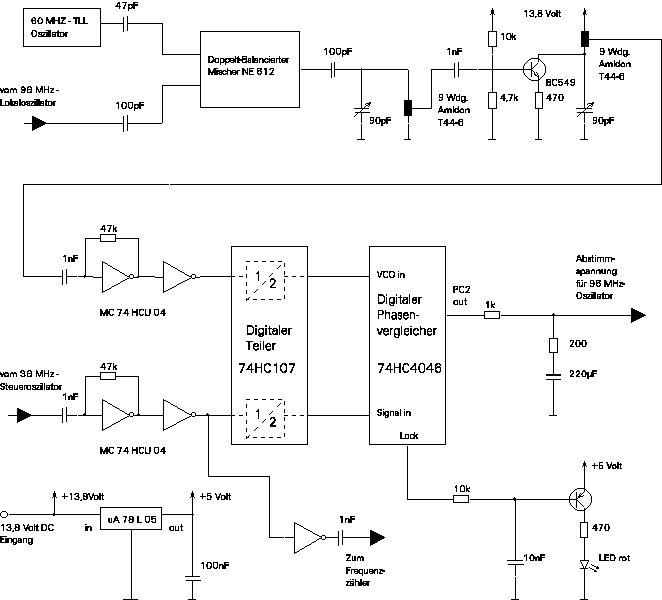
To comprehend the interconnections between the following circuits, it is essential to first review the concept chapter. It is at the discretion of the user to select one or two of these circuits for personal development. The discussion begins with the 6 MHz oscillator, where the primary concern is its long-term frequency stability. The circuit includes multiple buffer stages to ensure that the output frequency remains completely independent of the circuit load, although this may have been over-engineered. Next, attention is drawn to the 36 MHz oscillator, where it was observed that the shunt diode increases phase noise; thus, it is advisable to omit it. The 22pF coupling capacitor can be upgraded to 27pF to provide a slightly broader tuning range. All capacitors within the resonator (specifically between the BB204 and the J310) should be of the "zero temperature drift" variety. The trimming capacitor is a silver-air trimmer; however, the long-term stability will not significantly diminish if a less expensive trimmer is used, as its impact on overall performance is minimal.
The 6 MHz oscillator circuit is designed to achieve optimal frequency stability over extended periods. The use of multiple buffer stages serves to isolate the output frequency from variations in load conditions, ensuring consistent performance. This design consideration is critical in applications where precise frequency control is required, such as in communication systems or signal processing.
In the 36 MHz oscillator configuration, the presence of a shunt diode has been identified as a source of increased phase noise, which can adversely affect the oscillator's performance. Therefore, eliminating the diode from the circuit is recommended to maintain signal integrity. The coupling capacitor, originally rated at 22pF, can be enhanced to 27pF to expand the tuning range, allowing for finer adjustments in frequency output.
The resonator section, which includes components like the BB204 and J310, should utilize capacitors that exhibit zero temperature drift characteristics. This selection is vital for maintaining frequency stability across varying environmental conditions. The trimming capacitor, typically a silver-air type, is employed to fine-tune the oscillator frequency. While a higher-quality trimmer is preferred for optimal performance, using a more economical alternative will not significantly compromise long-term stability due to the relatively minor role this component plays in the overall circuit operation.
In summary, careful consideration of component selection and circuit design is essential for achieving desired frequency stability and performance in oscillator circuits. These insights are crucial for engineers and developers seeking to implement reliable and efficient oscillators in their designs.In order to understand how the following circuits are connected to each other you have to read the concept chapter first. Of course it is up to you to take just one or two of these circuits for your own developments. Lets start with the 6 MHz oscillator. The highest priority in this circuit is its long term frequency stability. You might be surpri sed about the many buffer stages. I tried to make sure that the output frequency is 100% independent of the circuit load (and it seems that I even overdid it a little bit). Now we will have a look at the 36 MHz oscillator. It turned out that the shunt diode increase the phase noise. Therefore I recommend to skip it. The 22pF coupling capacitor can be increased to 27pF which gives a bit more tuning range. All capacitors in the resonator (i. e. between the BB204 and the J310) should be "zero temperature drift" types. The trimming capacitor is a silver-air-trimmer, but the long term stability will not decrease a lot if you use a cheap trimmer since the influence of this capacitor is quite small.
🔗 External reference
The 6 MHz oscillator circuit is designed to achieve optimal frequency stability over extended periods. The use of multiple buffer stages serves to isolate the output frequency from variations in load conditions, ensuring consistent performance. This design consideration is critical in applications where precise frequency control is required, such as in communication systems or signal processing.
In the 36 MHz oscillator configuration, the presence of a shunt diode has been identified as a source of increased phase noise, which can adversely affect the oscillator's performance. Therefore, eliminating the diode from the circuit is recommended to maintain signal integrity. The coupling capacitor, originally rated at 22pF, can be enhanced to 27pF to expand the tuning range, allowing for finer adjustments in frequency output.
The resonator section, which includes components like the BB204 and J310, should utilize capacitors that exhibit zero temperature drift characteristics. This selection is vital for maintaining frequency stability across varying environmental conditions. The trimming capacitor, typically a silver-air type, is employed to fine-tune the oscillator frequency. While a higher-quality trimmer is preferred for optimal performance, using a more economical alternative will not significantly compromise long-term stability due to the relatively minor role this component plays in the overall circuit operation.
In summary, careful consideration of component selection and circuit design is essential for achieving desired frequency stability and performance in oscillator circuits. These insights are crucial for engineers and developers seeking to implement reliable and efficient oscillators in their designs.In order to understand how the following circuits are connected to each other you have to read the concept chapter first. Of course it is up to you to take just one or two of these circuits for your own developments. Lets start with the 6 MHz oscillator. The highest priority in this circuit is its long term frequency stability. You might be surpri sed about the many buffer stages. I tried to make sure that the output frequency is 100% independent of the circuit load (and it seems that I even overdid it a little bit). Now we will have a look at the 36 MHz oscillator. It turned out that the shunt diode increase the phase noise. Therefore I recommend to skip it. The 22pF coupling capacitor can be increased to 27pF which gives a bit more tuning range. All capacitors in the resonator (i. e. between the BB204 and the J310) should be "zero temperature drift" types. The trimming capacitor is a silver-air-trimmer, but the long term stability will not decrease a lot if you use a cheap trimmer since the influence of this capacitor is quite small.
🔗 External reference
